Do you have a question about the Hangar 9 Easy Fly 40 and is the answer not in the manual?
Technical measurement of the aircraft's wing extent.
Surface area of the wings, impacting lift and performance.
Estimated weight of the aircraft for flight.
Recommended engine sizes and types for optimal performance.
Crucial safety notice regarding R/C aircraft misuse and operation.
Specifies the radio control system requirements for the aircraft.
Details the recommended engine specifications for the model.
Specifies the required propeller size for the engine.
Lists essential tools and consumable supplies for assembly.
Specific guidance for fitting a 4-cycle engine, noting potential modifications.
Step-by-step guide for mounting the aileron servo in the wing.
Instructions for installing servos for rudder, elevator, and throttle.
Guidance on securing the radio receiver and battery pack.
Procedure for mounting the power switch in the fuselage.
Details on connecting the aileron control surfaces to the servos.
Steps for building the pushrod system for control linkages.
Guides the installation of assembled pushrods to control surfaces and servos.
Procedure to verify radio control range before flying.
Steps for proper engine adjustment and tuning for reliable operation.
Outlines general safety rules for model aircraft operation.
Details safety protocols specifically for radio control systems.
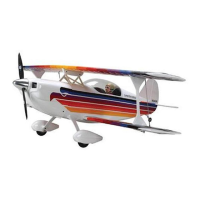

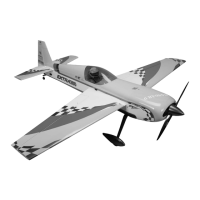
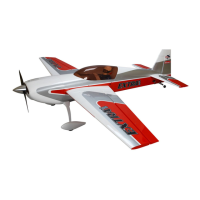
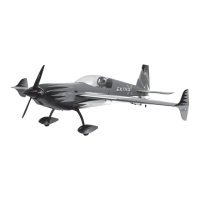
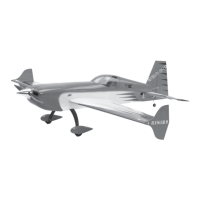

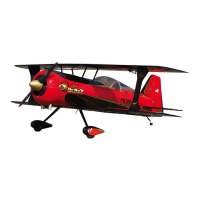
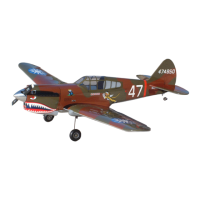
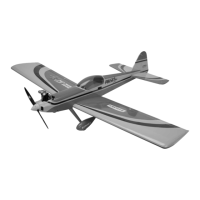
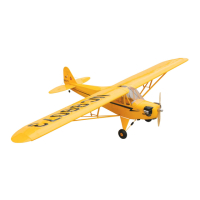
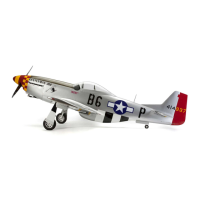
